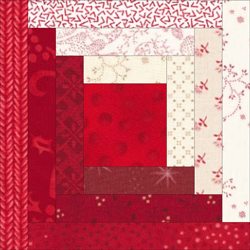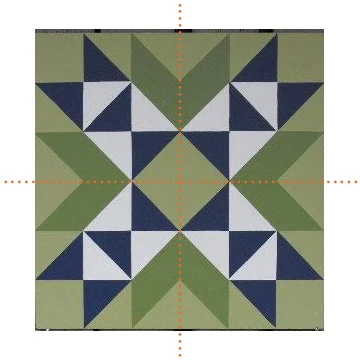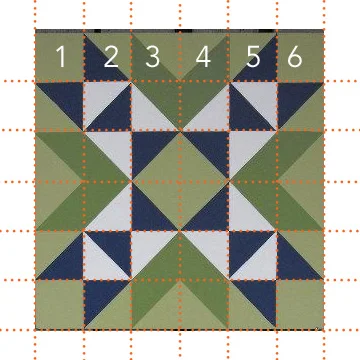The Quilt Trail Movement
Donna Sue Groves created the first barn quilt in 2001 in Manchester, Ohio, to honor her mother Maxine, a quilter. Groves was an employee of the Ohio Arts Council and organized volunteer folk artists to create a series of trail of 20 barn quilts throughout Adams County.
Since then, more than 4000 barn quilts hang throughout 34 states, many organized by local arts groups in 120 known "Quilt Trails" with books, calendars and tours to guide visitors to explore them.
Traditional Quilt block symbolism & History
Designing a quilt blocK
As with most good design, the creation of a quilt block uses lots of MATH!
Shape: Quilts are made up of a series of squares, rectangles and triangles.
Symmetry: "the quality of being made up of exactly similar parts facing each other or around an axis."
Division and Fractions: Whether you work from a 9-patch, 8-patch, 6-patch or 5-patch design, the block is divided into equal parts.
Project Plan:
Step #1: experiment!
Use the grid sheets provided or your graph paper to design your own quilt block. Check out the pattern book, use your imagination, experiment!
Step #2: Refine
We'll review your drafts, check them for symmetry and even division, and convert them to 1-foot scale on paper. Students will select from a limited palette of colors and mock-up their design in chosen colors.
Step #3: Transfer Pattern to board
We'll use rulers to draw the grid, then transfer your design (in pencil lines) to a 1' square board.
Step #4: Paint your design
Designs will come to life as we carefully color-in the pattern with paint.












